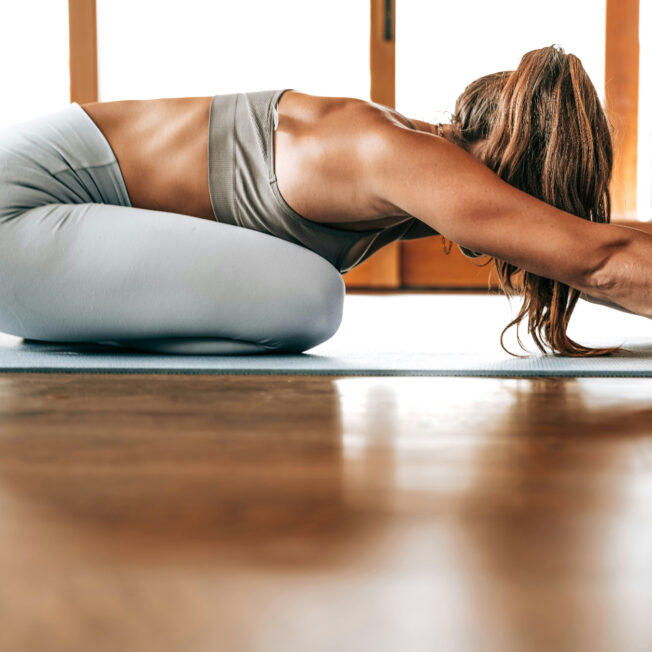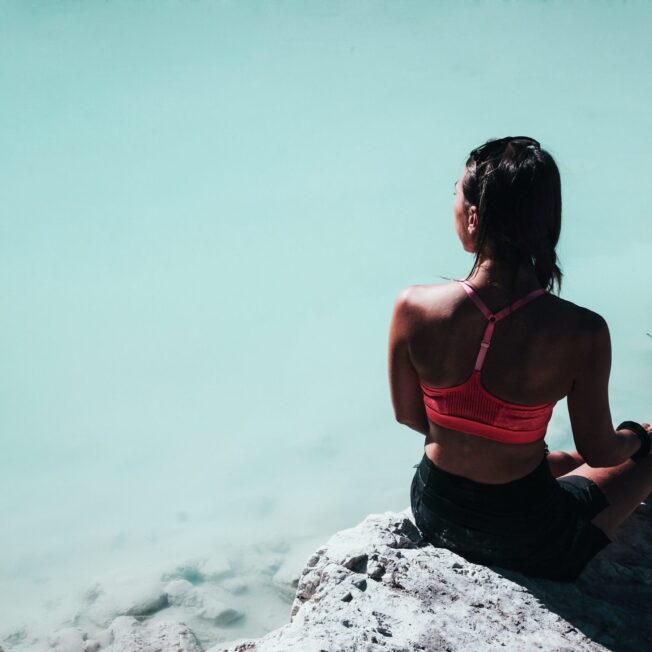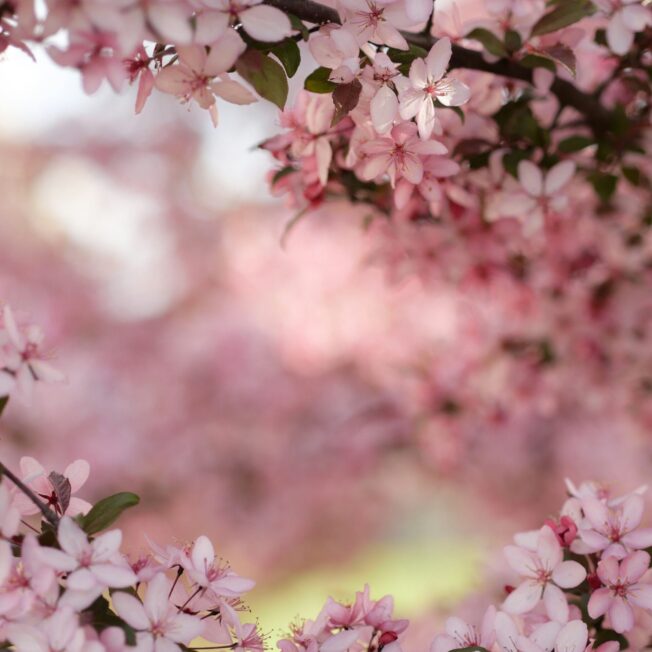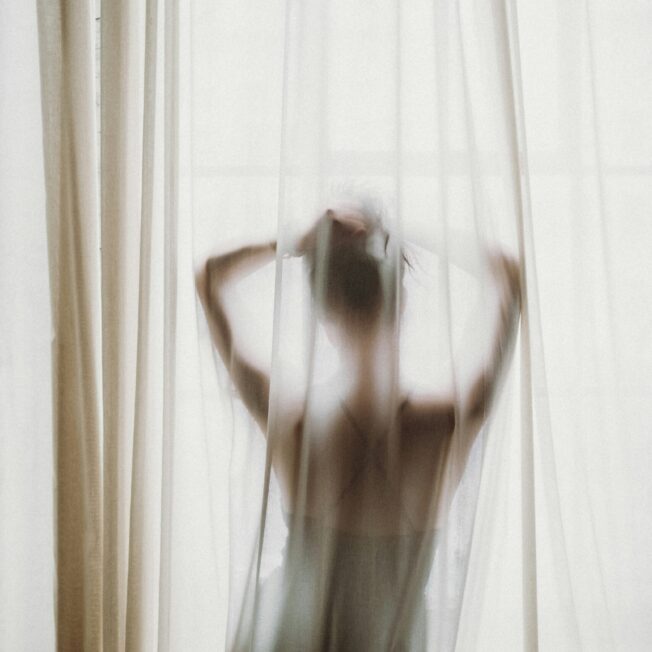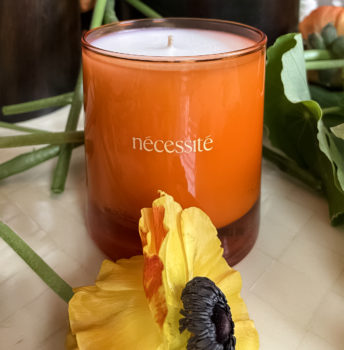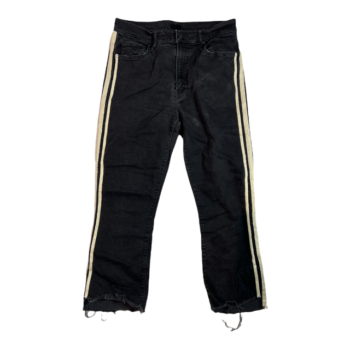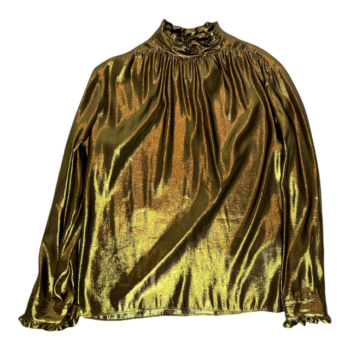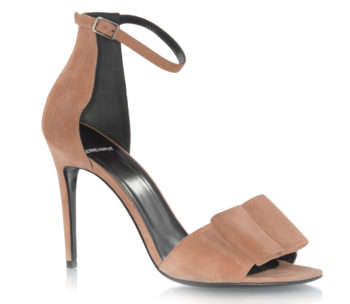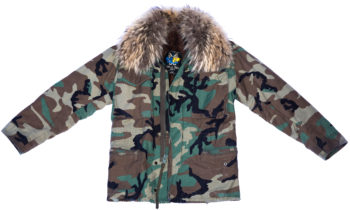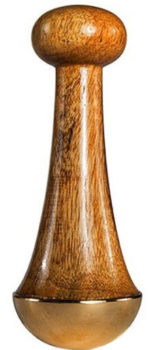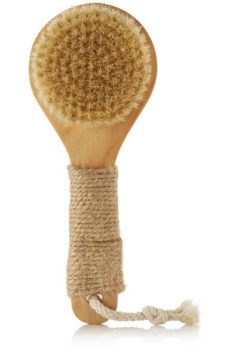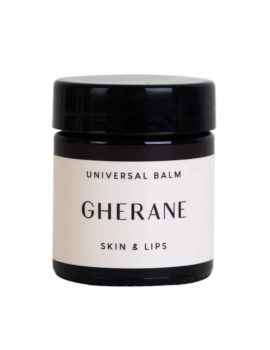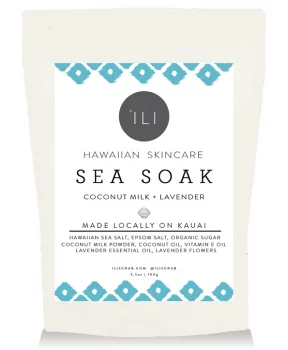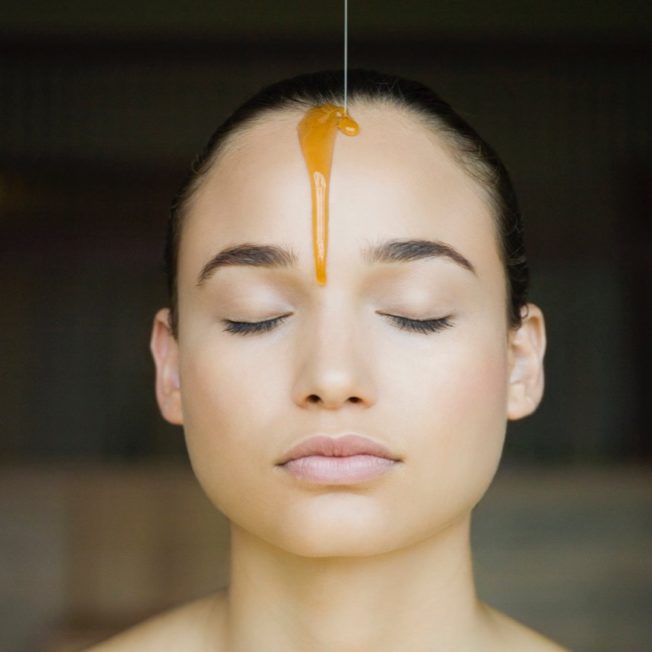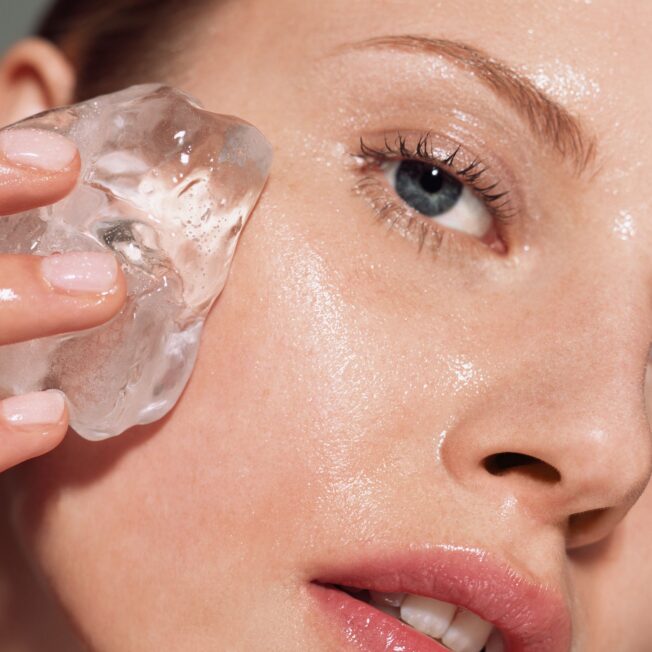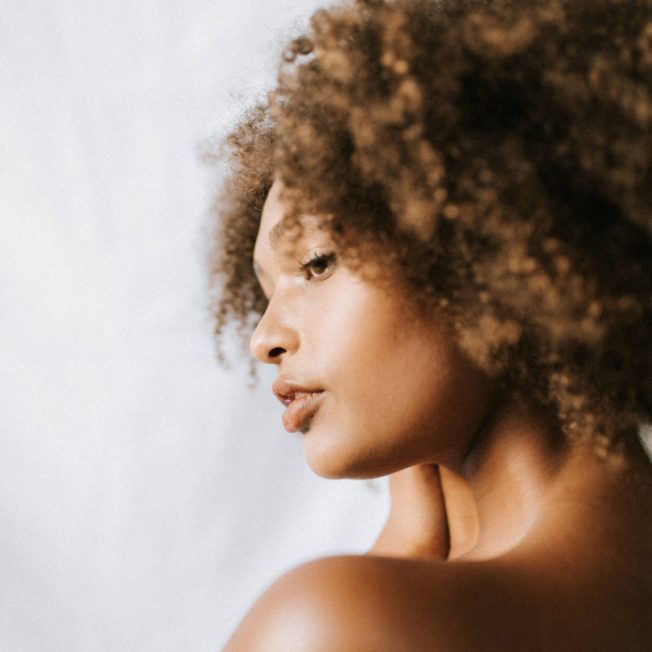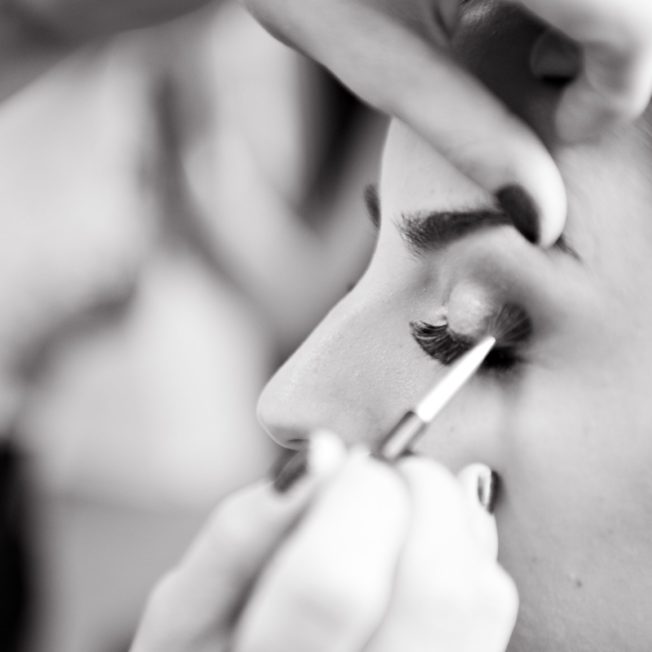Honey is considered one of nature’s most versatile beauty superfoods. Although it’s not vegan, it is one of green beauty’s most reliable active ingredients used from skincare to haircare, with touted benefits ranging from the antioxidant to the anti-viral.
Cecilia Wong, celebrity facialist and founder of Cecilia Wong Skincare, comments on its versatility, stating, “Raw honey is antibacterial and works to hydrate, moisturize, and detoxify pores.” As Dr. Stacey Shillington, N.D., points out, manuka honey has even been used in medical settings to aid with treating wounds, burns, and scars.
Of the many varieties of honey that you can buy — raw, echinacea, creamy, fruit-infused, and even kanuka honey — manuka honey holds a place of reverential stature among wellness enthusiasts. But what is it about this type of honey that makes it so beneficial for our health? Dying to get to the bottom of this sweet, sweet mystery, we reached out to two dermatologists that have created an entire, clinical-grade skincare line based upon the skin-loving qualities of honey. Dermatologists Christina Weng, M.D., and Tyler Menge, M.D., co-founders of Mymiel, break down the beauty benefits of manuka honey below.
What Is Manuka Honey?
“Manuka honey refers to a specific type of honey made by bees that pollinate the manuka bush, native to Australia and New Zealand,” Weng begins. She explains that all honey contains phenolic acids, like ferulic and mandelic acids, and flavonoids, such as chrysin and luteolin, which impart brightening, antioxidant, anti-inflammatory, and anti-aging benefits to the skin. “Manuka honey is thought to contain an ingredient profile that provides more antibacterial properties than other honeys,” they explain, allegedly giving it extra healing, antiseptic, and anti-acne qualities. Due to manuka honey’s thick but spreadable texture, the softening emollient is one of green beauty’s most-coveted ingredients for making DIY masks for the skin and hair.
How to Shop For Skincare-Grade Manuka Honey
One difficulty with using raw manuka honey in your skincare regimen is that the benefits can literally vary per jar — even if different batches come from the same beehive. This makes the shopping process a tad more difficult.
“It’s important to know that these ingredients and proportions vary even among manuka honey,” they share. Basically, not all manuka honey is created equal. How it is processed, refined, and whether or not it is lab tested can all determine its efficacy on our skin. As our experts point out, this inconsistency also makes it difficult to test in a clinical setting, which is likely why there is no conclusive clinical evidence to substantiate its anti-acne benefits.
One solution is to buy a brand that lab tests their honey and labels its potency accordingly. This enables you to buy manuka honey that is transparent about it’s strength and the concentrations of its components. As you might expect, differences in potency are generally reflected in the price, ideally with lower potencies corresponding to lower prices.
If you are planning to DIY an anti-acne (or hydrating) face mask, this extra step helps to ensure the potency of the anti-bacterial superfood you are buying. Beyond acne, you can even seek out medical-grade manuka honey to assist with wound-healing naturally. The company First Honey has an entire range of New Zealand-sourced, medical-grade manuka honey care products, from band-aids to sterile, antibacterial ointments.
Should You Use Manuka Honey If You Have Sensitive Skin?
If you have sensitive skin, our experts actually recommend against using raw honey — manuka or not — as a skincare product. “Raw honey is straight from the beehive, and because of that it can contain environmental allergens, such as debris from the air and components of surrounding flora — not just the flowers that the bees pollinate,” they explain. To ensure that you will not suffer an allergic reaction to the batch, you can always patch test the honey before applying it as a mask. “Patch testing on the inner forearm is the best place to start since the skin is thinner, and if you do react, it’s not as visible as on the face,” Weng states, adding that for some people, testing right in front of the ear on the lower side jaw. “Just avoid the T-zone, which includes the forehead, nose, and chin as any reaction there would be much more visible.” They also recommend patch testing the honey for as long as you plan to wear the mask, ensuring that any allergens or acids in the batch will not overwhelm your skin type.
If you do have reactive skin, you can always try a honey extract, which delivers the benefits of honey sans allergens. This is where clinical-grade skincare lines that utilize honey extracts, like Mymiel, come in. “We think of honey extract as being a more refined way of delivering all the goodness of honey in a more concentrated boost,” they share. For instance, kojic acid, lactic acid, and chrystin are three of honey’s most brightening ingredients that are also common active ingredients in skincare. Similarly, ferulic acid and mandelic acid, which are both found in honey, boost the efficacy of antioxidants and impart anti-aging benefits, respectively.
The Final Word On Manuka Honey
The bottom line is, the ritual of making and applying a manuka honey face mask that you have whipped up from scratch can be a particularly gratifying form of self-care. “It can make a great DIY face mask — after patch testing, of course,” they add. So DIY and mask away! But don’t expect every batch of raw honey to be as potent, or efficient, as the next. “Remember,” they add, “there is no ‘gold standard’ for honey. The best thing to do is find one that works for you and your skincare goals!”
